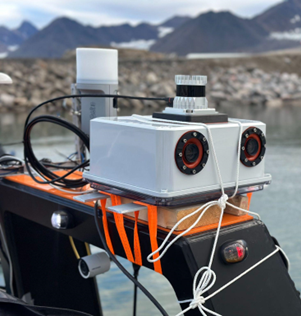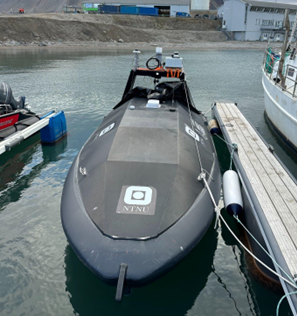3D STRUCTURE FROM MOTION OF LOW CONTRAST GLACIAL FRONTS

Developed and implemented 3D Structure from Motion (SFM) methodologies to analyze the subtle features of low-contrast glacial fronts in Svalbard, Norway, under the guidance of Prof. H Singh.
- The project involved a meticulous process, encompassing key components such as key point detection, feature matching, bundle adjustment, depth map generation, and creating a detailed point cloud.
- In particular, precise glacial analysis was conducted using Iterative Closest Point (ICP) techniques on rock regions, resulting in the derivation of transformation matrices.
- These matrices were strategically applied on a global scale, allowing for a comprehensive analysis of glacier dynamics. This comprehensive approach facilitated accurate movement calculations and thorough error assessment through surface normals.
- The project significantly advanced glacial studies by integrating fine time scales, offering a more nuanced understanding compared to traditional methods.
- Notably, the methodology demonstrated its precision by achieving a quantifiable error of 2.4 meters in surface normals for both a 200-meter glacier and a 50-meter rock region. This accomplishment underscores the effectiveness and accuracy of the implemented SFM techniques in the context of glacial analysis.

Sensor Suite
Northeastern University Field Robotics (NUFR) Lab, Boston

Unmanned Surface Vehicle (USV)
Maritime Robotics, Norway
Time-lapse of Svalbard Glaciers